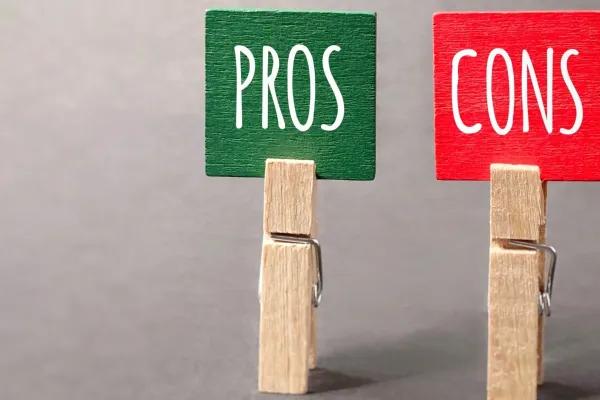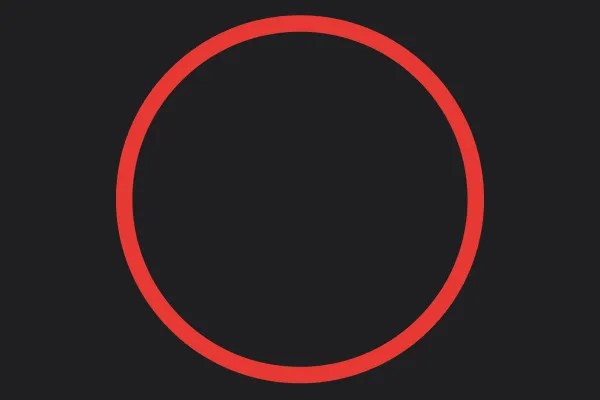
 Details
Details
We are all just people at the end (and beginning) of the day – even superheroes.
As Juliane Sydow took to the stage, we could not help being in awe that the General Director at Axel Springer Brand Studio had graced us with her presence to deliver a keynote. As the head of one the biggest native advertising units on the planet, that’s a Middle C.
But when the superhero executive is off-duty, she has a different persona: Biker Girl.
Sydow likes nothing better than cycling to work in her native Berlin, even though the infrastructure’s a nightmare compared to Copenhagen.
She loves the freedom and autonomy it gives her – to stop, take in the view, drink a coffee – as it reminds her of how she wants to empower her 50-member team to make free decisions because heteronomy limits our thinking:
“It’s good for creativity. We need to inspire and invest in our teams. Human collateral is everything.”
The takeaways from this opener came fast and furious:
- Prioritising stakeholder communication
- Turning shit into gold – be proactive
- Building trusting relationships
- Investing in your team’s education
- Tech is your friend – AI will elevate excellence, not become it
But above everything else, Sydow reminded us that first and foremost the industry is one powered by people.
Inspiring the consumers and investing in your team
This takeaway chimed with the central message of the keynotes that directly followed and then concluded Day 2: ‘Intelligence with Influence’ by Longitude founder and CEO Rob Mitchell, and ‘How to bite off more than you can chew’ by Fortune Brand Studio SVP Dave Lennon.
Rob’s presentation, which sought to demonstrate the many overlaps between good thought leadership and native advertising, underlined the importance of producing distinctive content that consumers will trust.
Rob advocated the 95-5 approach targeting the 95 percent who don’t know they have a problem (over the 5 percent already decided on buying a solution, which content mistakenly targets instead).
At the heart of this sort of approach is inspiring the consumer: bridging the gap between what they want to hear and what the content wants to say: “Buyers are people, emotional and irrational.”
Fortune Brand Studio’s Dave Lennon would be the first to agree that humanity isn’t always pretty.
His account of the story behind the production of the NAI-award-winning series ‘The Ecopreneurs’ was harrowing, heart-felt and, above all, deeply human.
Had his presentation kicked off the final day, the audience might have choked on their cornflakes, but coming at the end, it offered extraordinary ambition, pathos and hope – all qualities that speak to the human condition – as Pastor Dave dismissed the congregation.
If we had to pick our favourite from a presentation in which every other sentence was a key takeaway, it would be: “Prioritise your team and don’t forget to feed them.”
Two ways to achieve local impact – one is very expensive
Of course, it would be a disservice to Day 2 to boil it down to three keynotes, however thought-provoking they might have been – and well placed on the schedule.
But perhaps the same couldn’t be said about the 12:10 kickoffs in Tracks 1 and 2 as far as local media fans might be concerned.
In truth, though, the opulently global/local ‘Creating Global Campaigns with Local Impact: Engaging Gen Z with Culture’ by Veronica Valdes, Global Director, Creative Strategy at Condé Nast and the old school local ‘Empowering Local Media: Unveiling the Potential of Native Advertising’ by Robin Nilsson, the Product Lead Native at NTM, were best enjoyed by polar opposites.
Over-exposure on social media is leading to burnout, warned Veronica – particularly among Generation Z. Curiously, though, the age group responds well to nostalgia – the results of a recent campaign revolving around Twiggy, as she was then and is today, are testament to the power of treasured memories and new trends.
Veronica further explored how culture has become a valuable new KPI in an age when young people’s tastes are more globally-aligned than ever before.
Robin, meanwhile, highlighted how local newspapers tend to out-perform the nationals when it comes to retaining trust among their readerships – and this extends to native advertising, providing the content is local.
As long as native ads don’t clutter the page and uphold the same qualities as the news content – trustworthiness, relevance, entertaining – the publishers can expect a high click rate.
When strategic alignment goes astray, it ain’t pretty
After lunch, two panel discussions took us to the heart of native advertising.
‘Why brands buy native advertising campaigns’ included Lotte Arnsted, Press Officer at German National Tourist Board, Cecilia Giraud, Director Content Marketing EMEA at Marriott International, and Emil Holmboe Andersen, Nordic Media Manager at PepsiCo, and perhaps the most illuminating takeaways were the worst practices for publishers. Emil noted the issue of tactical misalignment and lack of deep campaign planning, focusing more on high funnel activities rather than immediate client acquisition; Lotte pointed out the lack of trust and poor communication; and Cecilia mentioned agencies failing to provide insights on brand fit.
In summary, the panel concurred that successful native advertising campaigns required strategic alignment, effective communication, cultural sensitivity, large-scale reach and patient collaboration.
The second panel discussion, ‘Mastering the Art of Selling Native Advertising’, included Veerle Neyens, Director at Roularta Brand Studio, Ria Vaahto, Business Manager at Sanoma Media and Josh Robinson, SVP at Forbes Content – and it was a lively affair with plenty of jovial jousting.
Not listening enough was a common theme addressed by the panellists – invariably an artform perfected by sales in their tendency to overlook the needs of customers – but there was never any danger of this audience switching off.
From Josh’s advice to avoid the ‘Sea of Sameness to Veerle’s recommendation to get your shit straight internally first, the panel highlighted many of the pitfalls that can ruin a good pitch.
It was left to Josh to take us full circle when he reminded the room how important it is to keep it real in negotiations: “At the heart of any long-lasting relationship is an authentic human connection.”n


